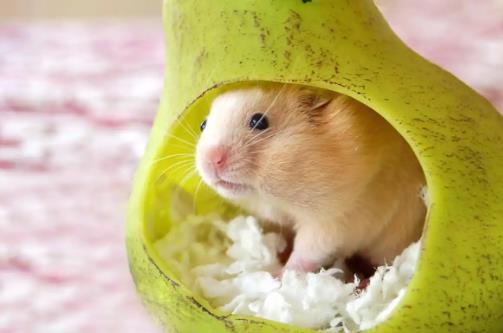Hamsters require a suitable cage, specialized bedding, a nutritionally balanced main diet and supplementary food, exercise facilities like a running wheel, bathing sand, tooth-grinding tools, a constant temperature environment, as well as the owner's patient interaction and health monitoring.

Detailed Guide
The following are the essential items for raising hamsters and matters needing attention, which are synthesized from search results with high authority and relatively new timeliness:
1. Living Environment
Cage: The bottom area should be at least 40cm×30cm (for dwarf hamsters) or 50cm×40cm (for Syrian hamsters), and a multi-layer design is recommended for the height. The material should be acrylic or a specialized plastic cage. Avoid wire cages (which can easily trap the feet) or designs with overly large gaps. A 47-base cage or a larger size is recommended.
Bedding: Spread 5-10 centimeters of dust-free wood shavings (such as poplar wood shavings or paper cotton). Pine or fir wood shavings are prohibited (as they contain harmful phenolic substances). The area wetted by urine should be cleaned daily, and half of the bedding should be replaced every week.
Decoration: Add tunnels, hiding houses, etc. to enhance the sense of security. Avoid noise and direct strong light.
2. Diet Management
Main Diet: Specialized brand hamster food (such as Belgian or German brands), paired with grains, seeds, and proteins (mealworms, boiled egg whites).
Supplementary Food: Carrots, broccoli, apples (with the core removed), oatmeal, etc. Forbidden Foods include chocolate, onions, citrus fruits, etc.
Drinking Water: Replace the cooled boiled water daily and use a ball water dispenser to prevent contamination.
3. Daily Care
Cleaning: Provide specialized bathing sand (cat litter or water bathing is prohibited). Bathe the hamster 2-3 times a week.
Tooth Grinding: Prepare apple branches and tooth-grinding stones to prevent the teeth from growing too long.
Exercise: The diameter of the running wheel should be at least 17cm (for dwarf hamsters) or 25cm (for Syrian hamsters). Avoid wire running wheels (which can hurt the feet).
4. Health and Habits
Temperature: Maintain a temperature of 20-25℃. Use a ceramic plate to cool down in summer and thicken the bedding in winter.
Solitary Living: Hamsters must be kept in separate cages. Keeping them in the same cage may lead to fights and even death.
Health Monitoring: Pay attention to abnormal signs such as a decrease in appetite and wet tail syndrome (diarrhea).
5. Interaction Suggestions
Nocturnal Habits: Avoid disturbing the hamster during the day. The best time for interaction is in the evening.
Building Trust: First, offer food with your hand, and then gently lift the hamster (do not grab its ears or tail).
Key Summary: Raising hamsters requires taking into account both their physical and psychological needs. Clean regularly, provide a safe environment, and choose specialized products to avoid health risks.
